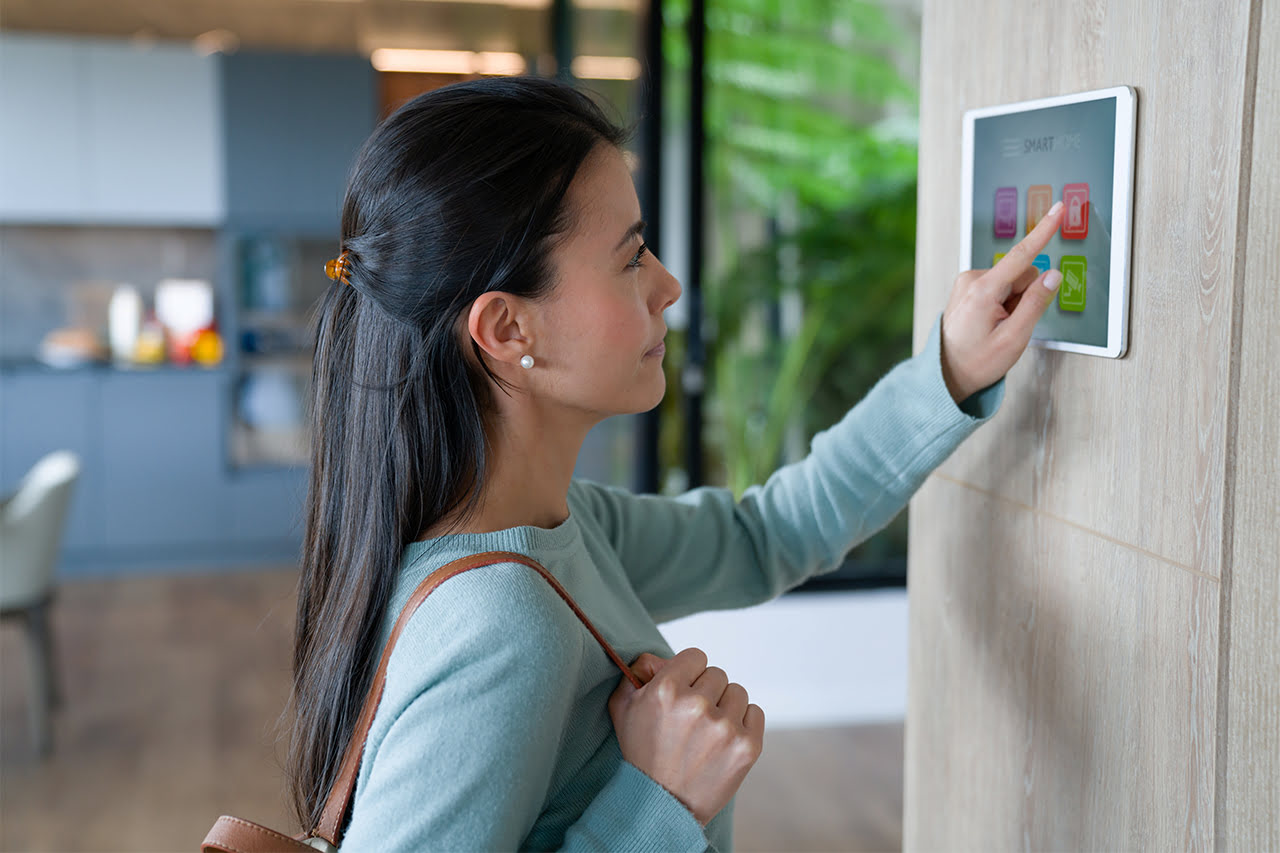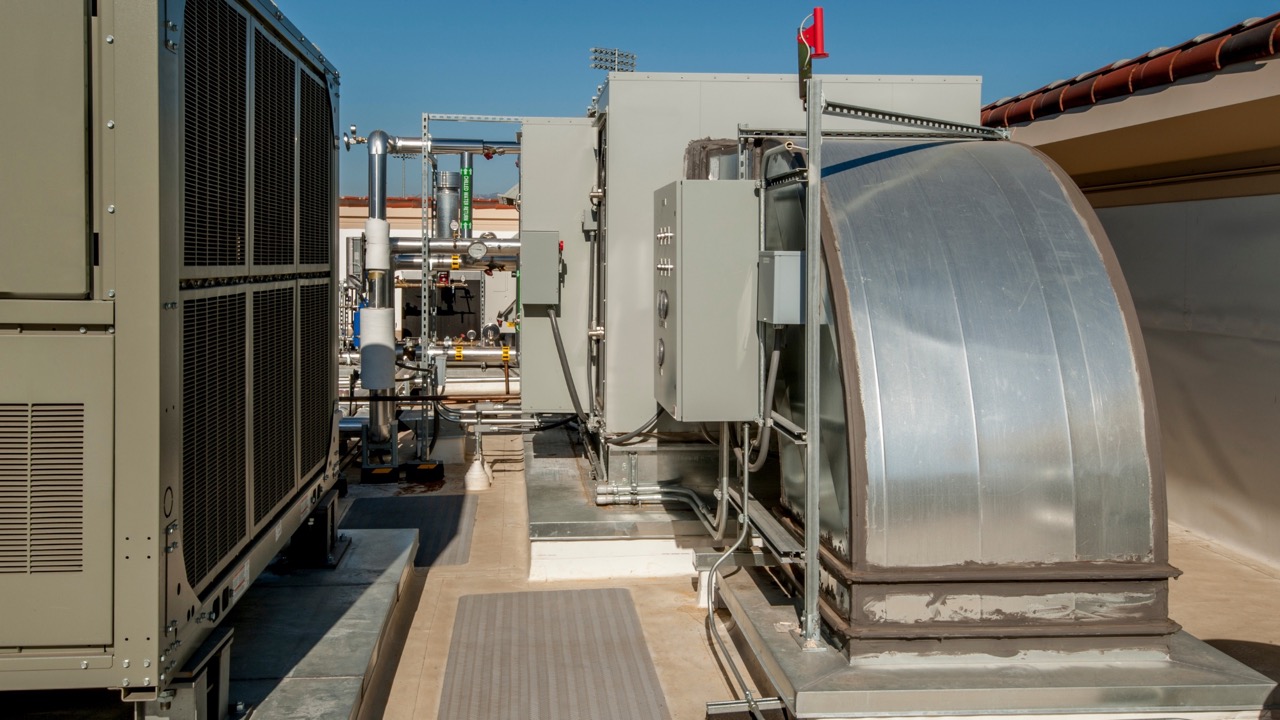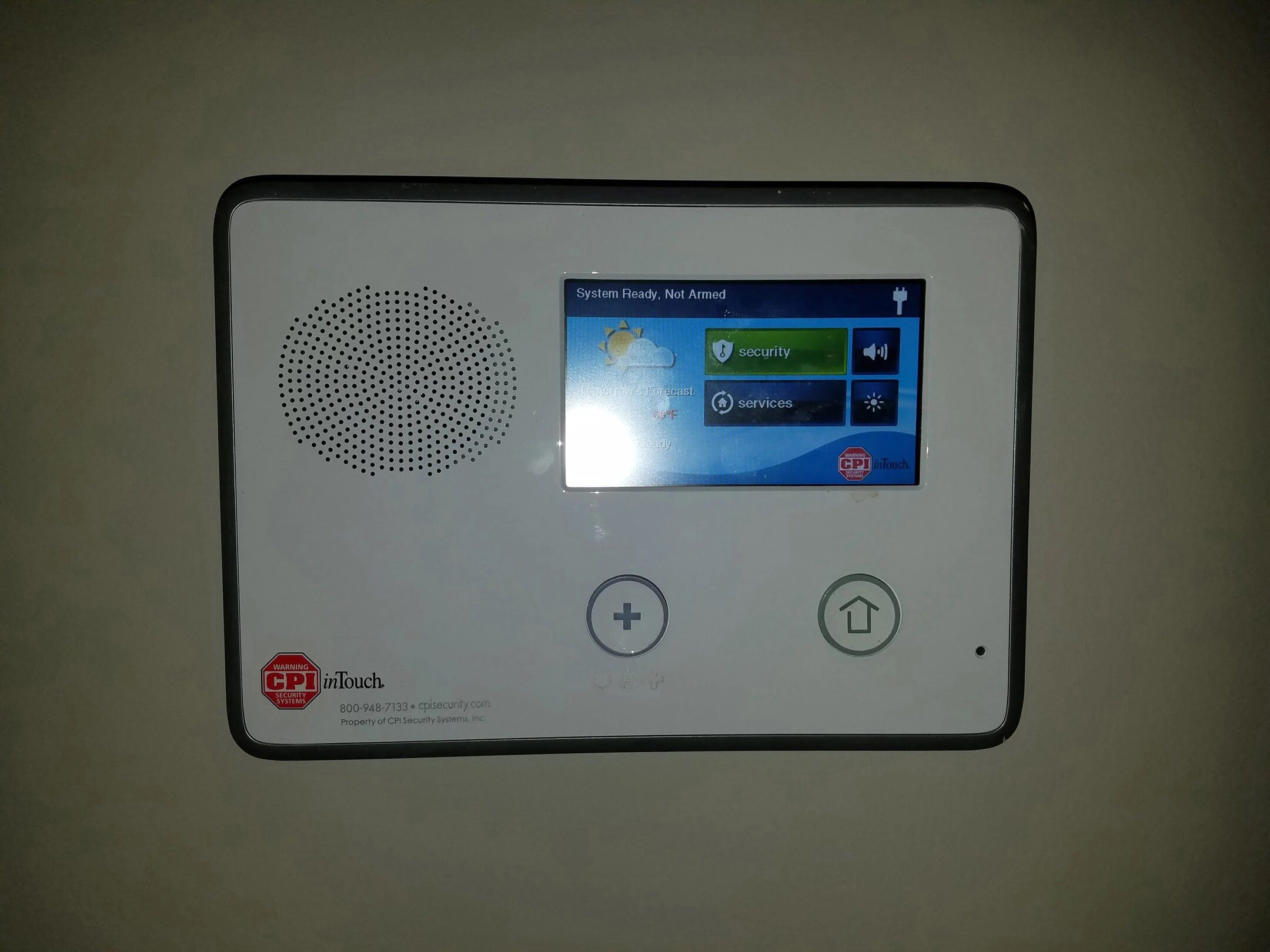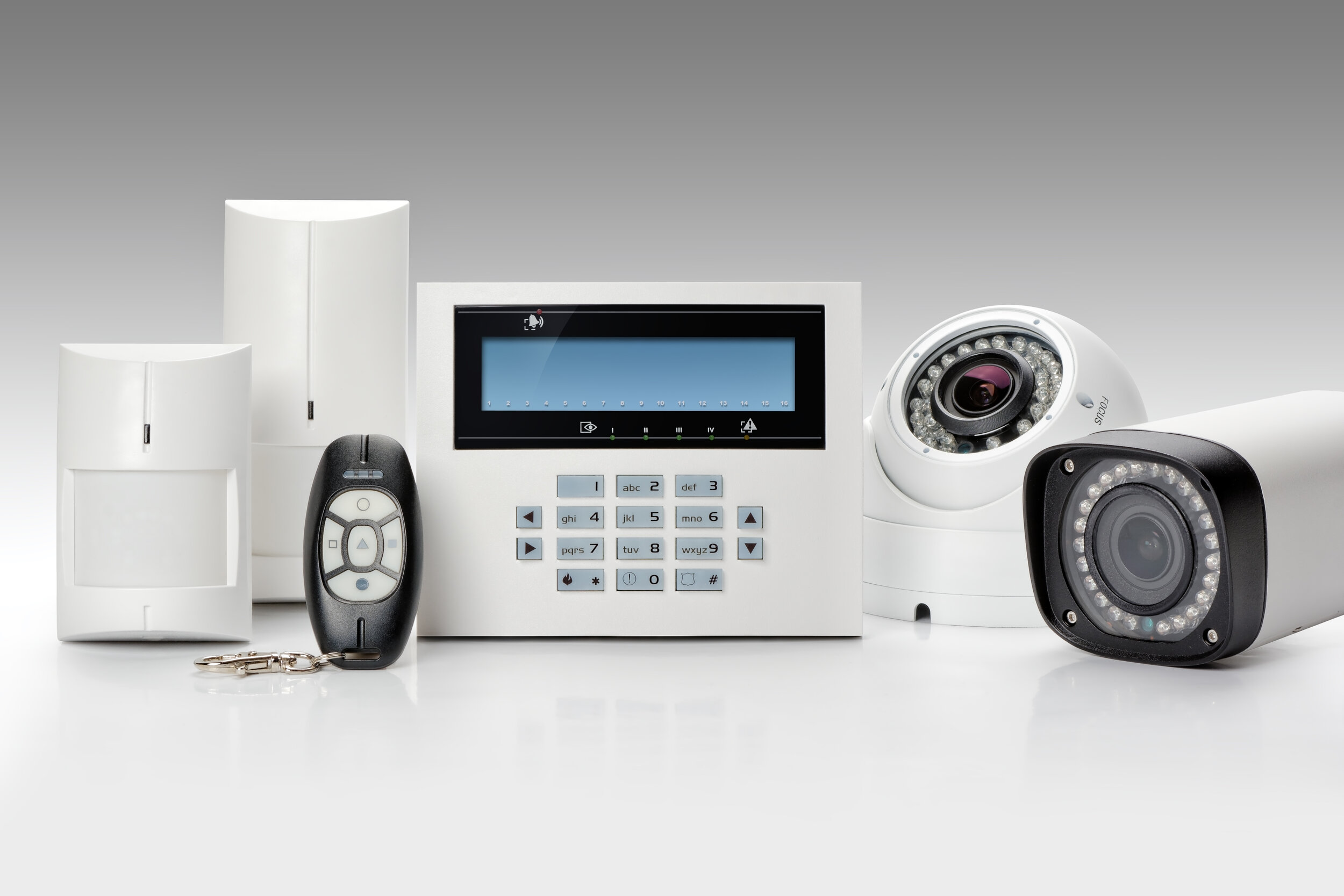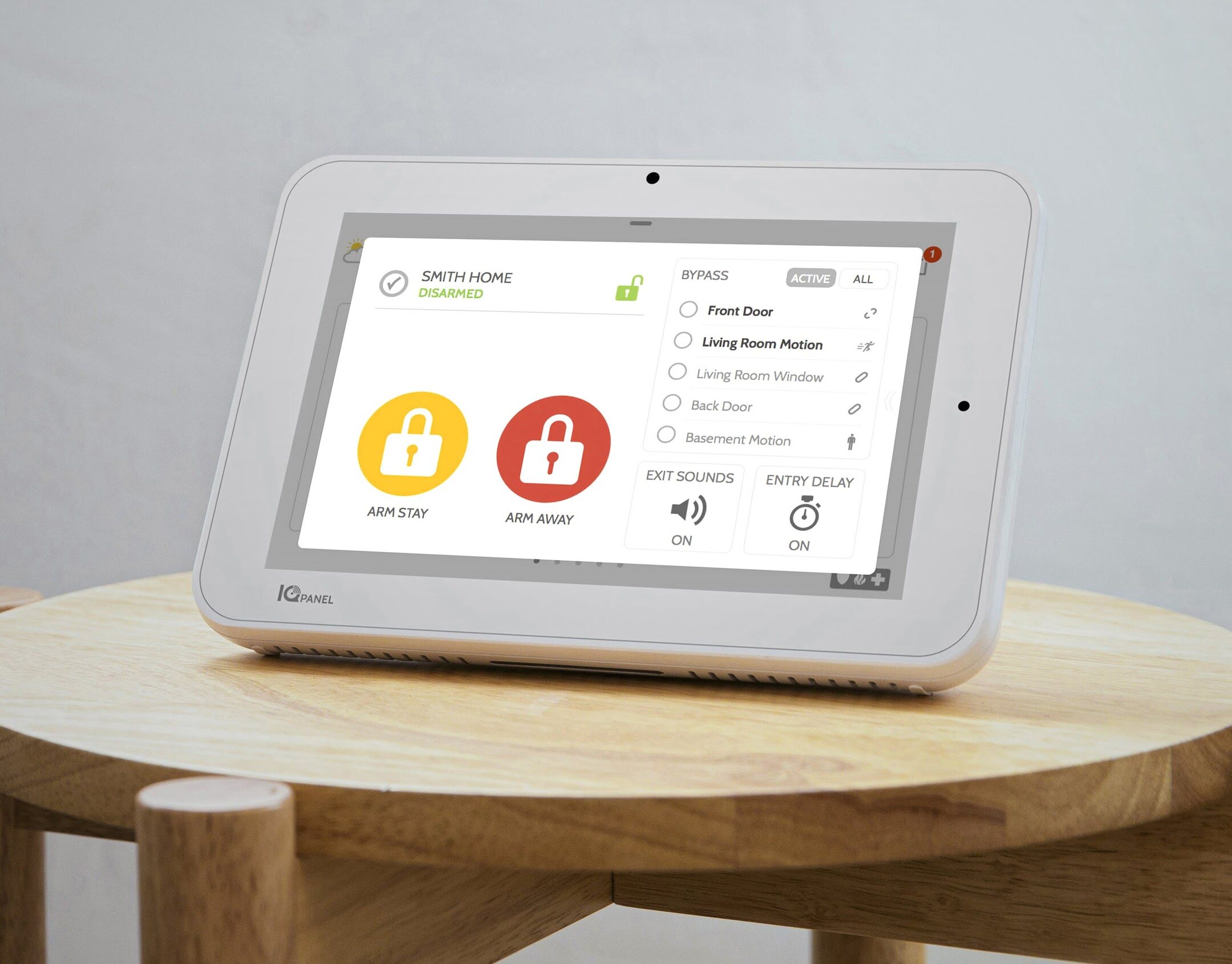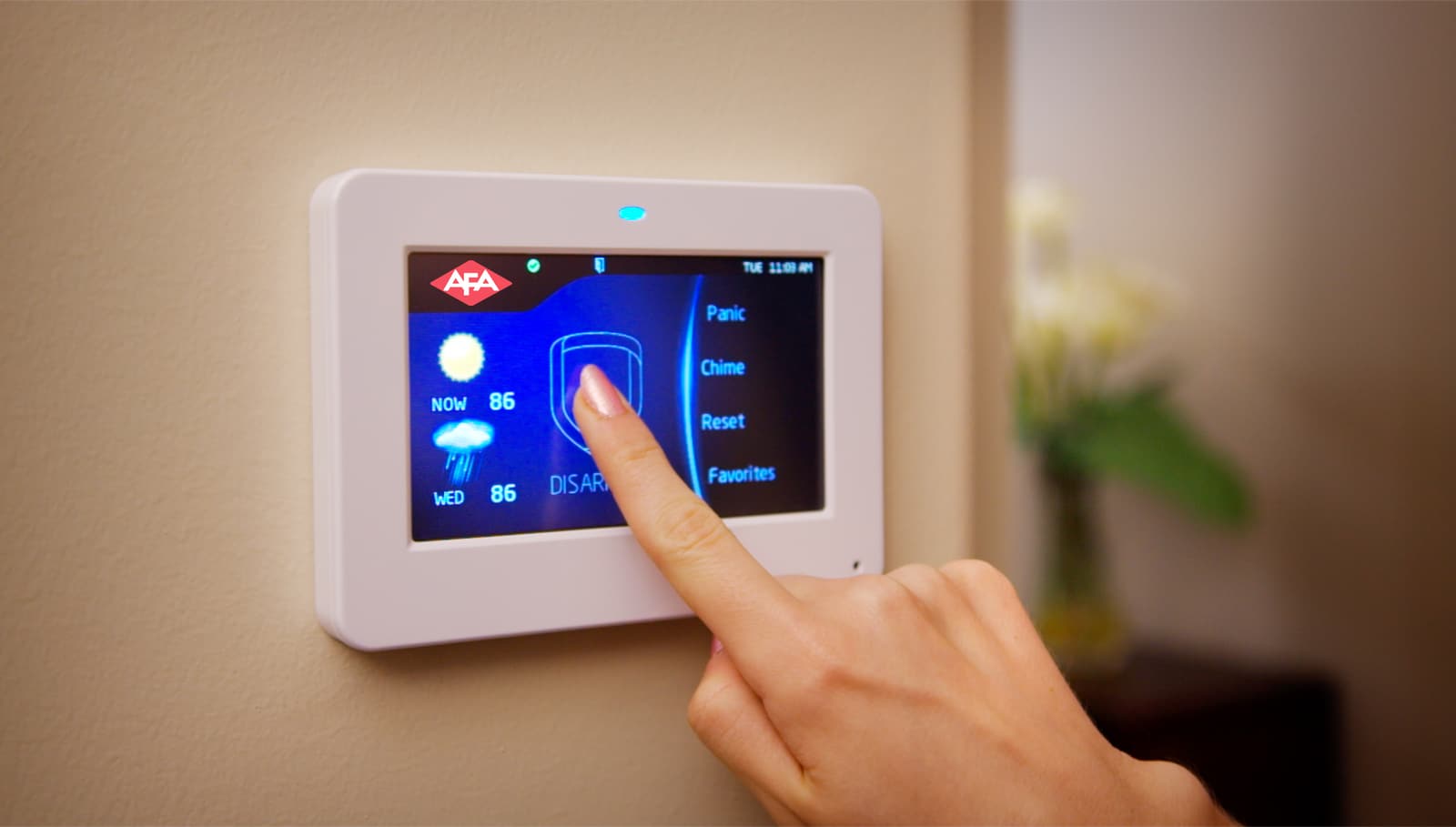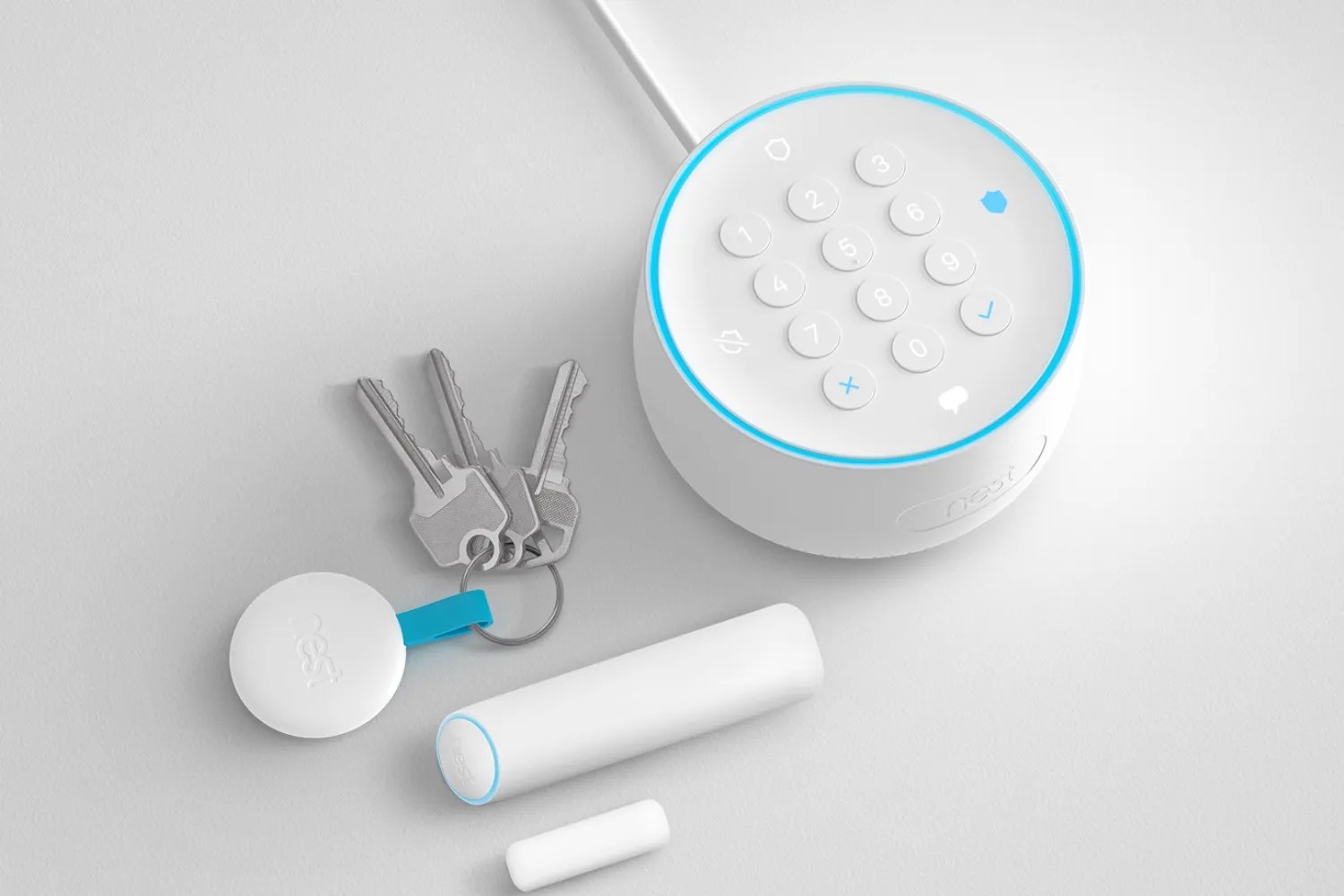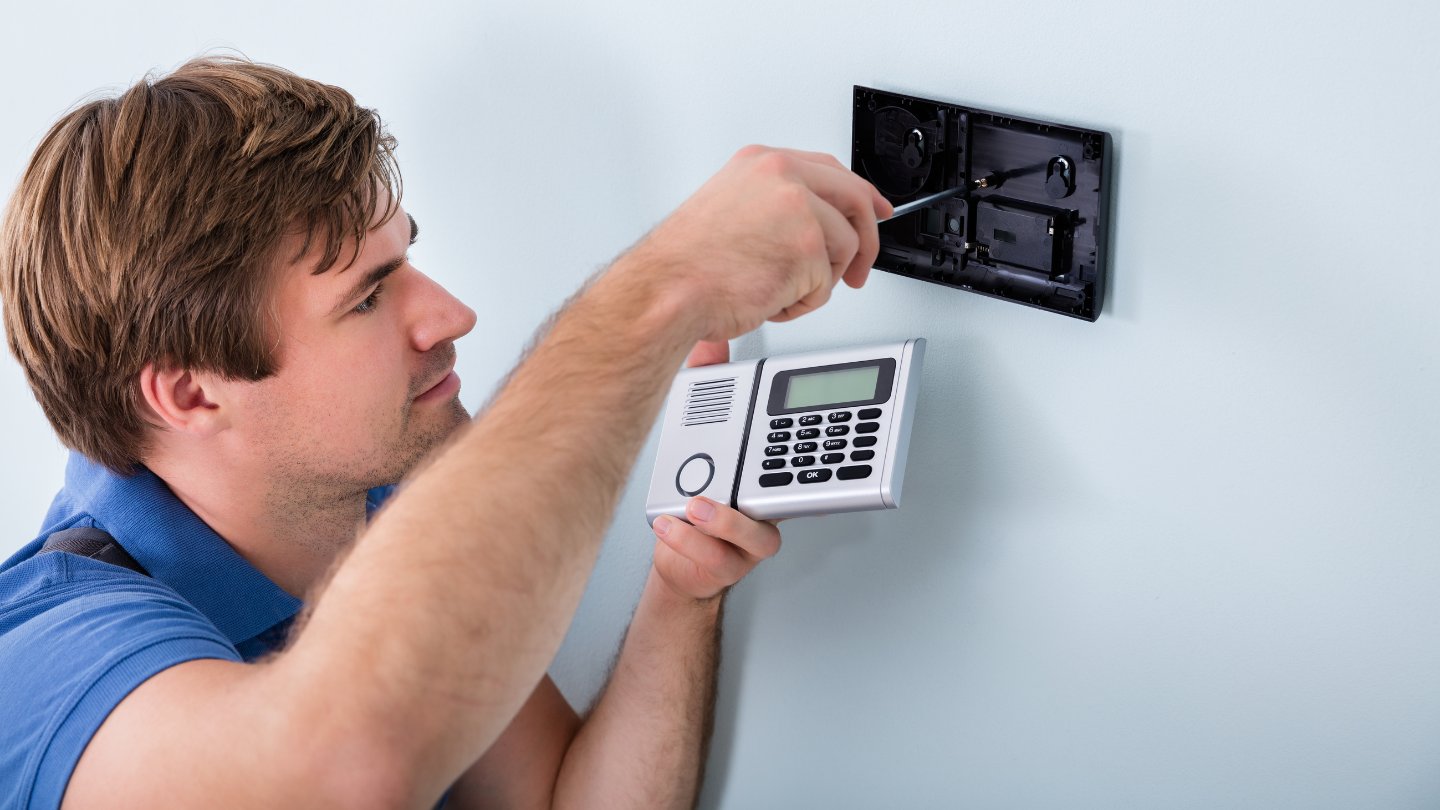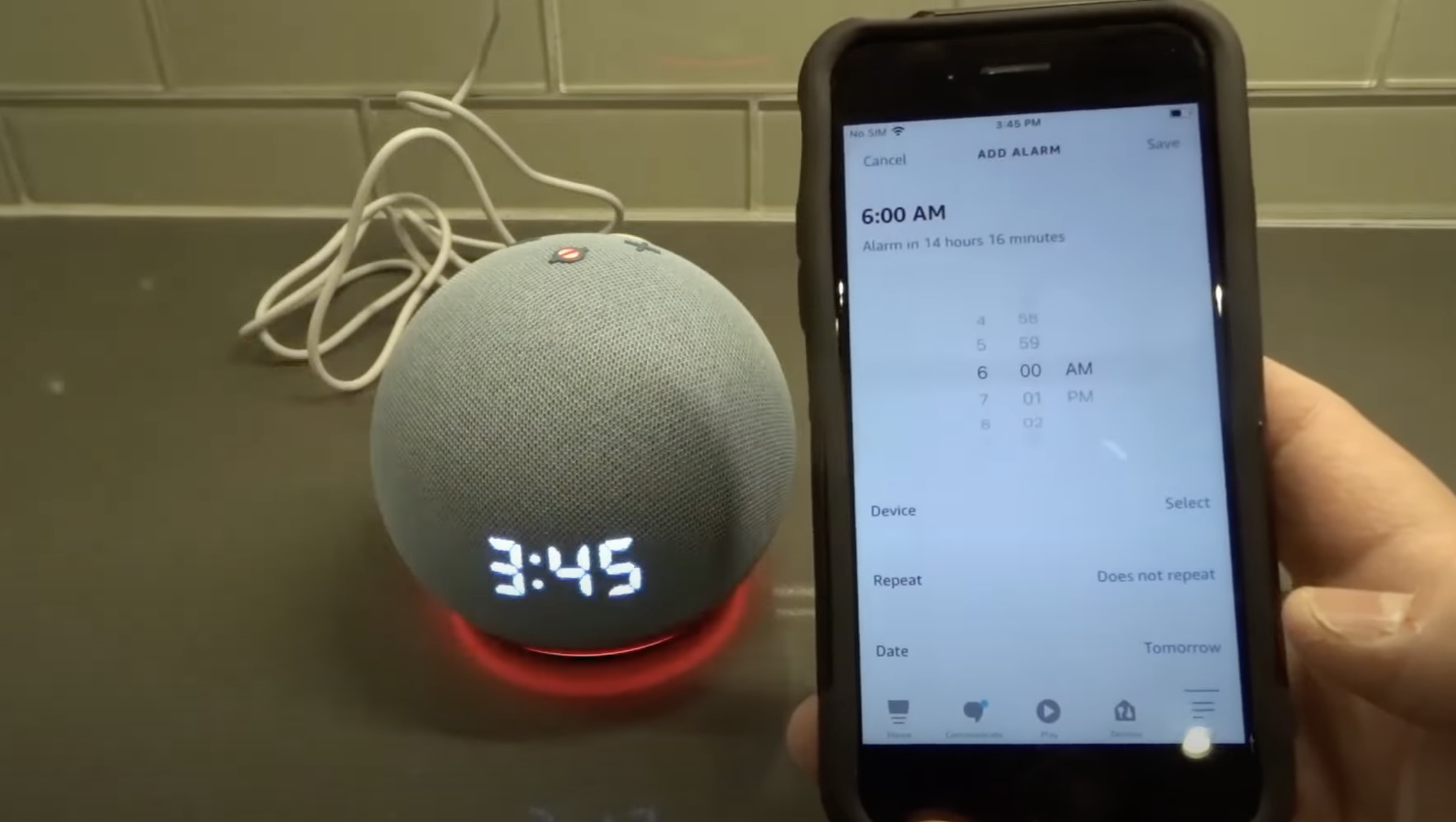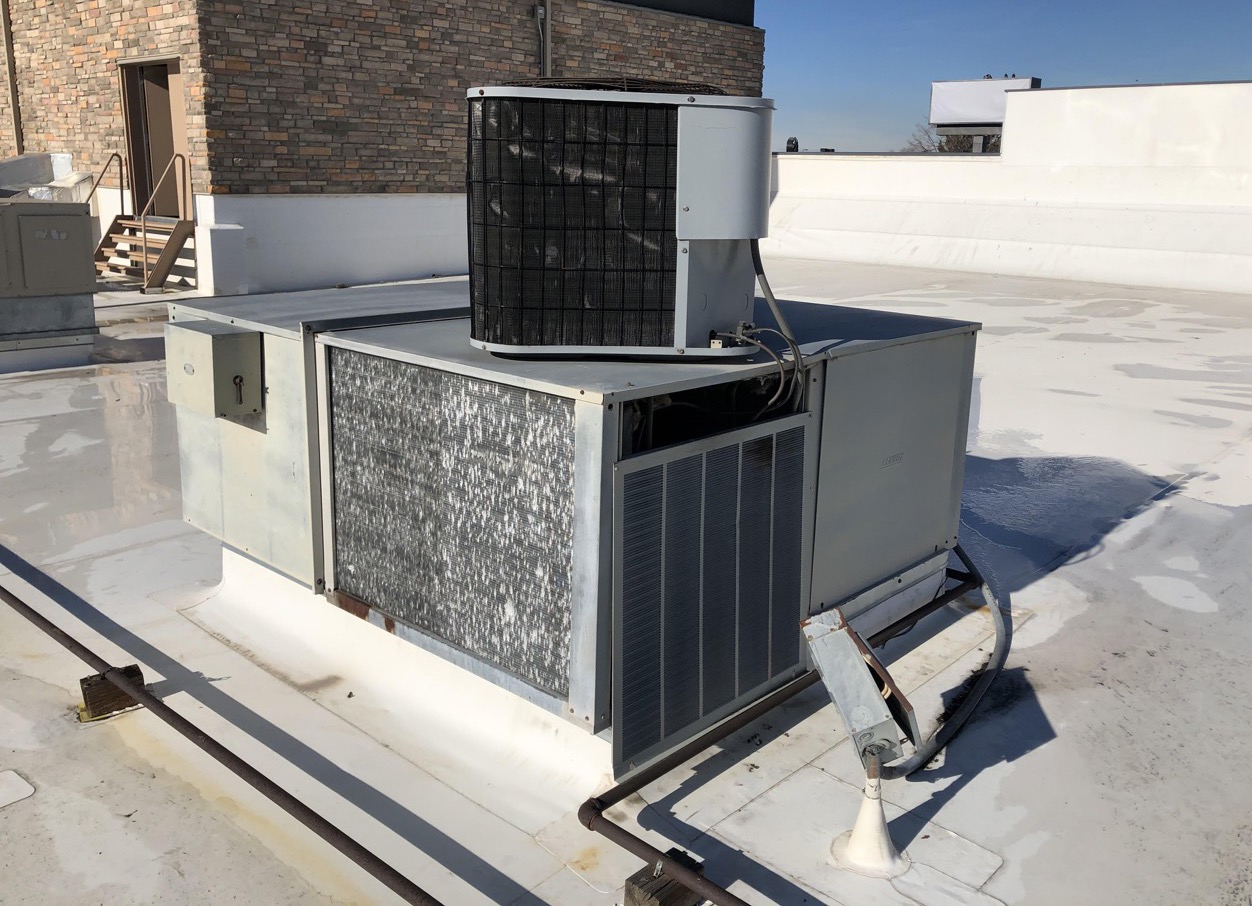Home>Home Security and Surveillance>How Do Alarm Systems Work?
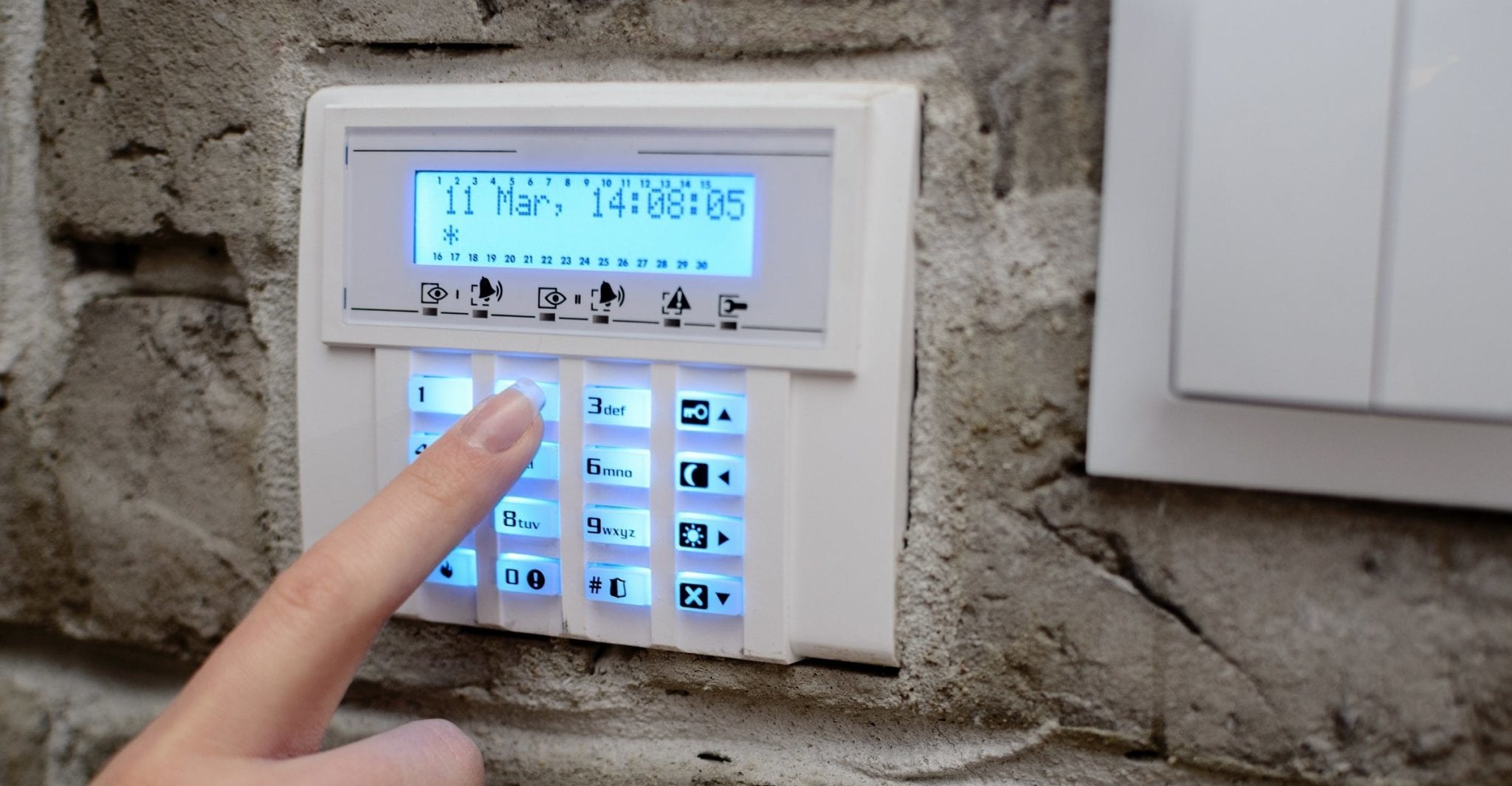

Home Security and Surveillance
How Do Alarm Systems Work?
Modified: March 6, 2024
Discover how home security and surveillance alarm systems work to protect your property and loved ones. Gain peace of mind with an effective and reliable security solution.
(Many of the links in this article redirect to a specific reviewed product. Your purchase of these products through affiliate links helps to generate commission for Storables.com, at no extra cost. Learn more)
Introduction
Welcome to the ever-evolving world of home security and surveillance! In today’s fast-paced society, ensuring the safety of our homes and loved ones is a top priority. Alarm systems have become a fundamental part of our security measures, offering peace of mind and protection against potential intruders.
Understanding how alarm systems work is essential for making informed decisions when it comes to choosing the right system for your home. In this article, we’ll explore the components of an alarm system, different types of systems, how they detect intrusions, communication methods, monitoring options, arming and disarming procedures, and tips to prevent false alarms.
So, let’s dive in and unravel the secrets behind these sophisticated yet essential devices that keep our homes safe and secure.
Key Takeaways:
- Alarm systems have a control panel, sensors, keypad, and siren that work together to keep homes safe. They can use wired or wireless technology and detect intrusions using motion sensors, door/window sensors, and glass break detectors.
- Alarm systems can communicate through telephone lines, cellular networks, or the internet. They can be self-monitored or professionally monitored, and can be armed and disarmed using passcodes, key fobs, or smartphone apps. Prevent false alarms by considering pets, maintaining sensors, and performing regular system checks.
Read more: How Do Fire Alarm Systems Work
Components of an Alarm System
An alarm system is comprised of various components that work together seamlessly to provide comprehensive home security. Understanding these components is crucial in grasping how an alarm system functions effectively. Let’s take a closer look at the key components:
- Control Panel: The control panel is the brain of the alarm system. It acts as the central hub where all the components are connected. It allows you to arm or disarm the system and provides monitoring and control capabilities.
- Sensors: Sensors play a vital role in detecting intrusions and triggering the alarm. There are different types of sensors, such as motion sensors, door/window sensors, and glass break detectors. These sensors are strategically placed throughout the home to detect any unauthorized entry.
- Keypad: The keypad is the interface between you and the alarm system. It allows you to input your passcode for arming and disarming the system. Some keypads also have additional features, such as panic buttons for immediate emergency response.
- Siren: The siren is the audible alert that signals an intrusion has been detected. When activated, it emits a loud sound to alert occupants and potentially scare off intruders. The siren can also be connected to a monitoring service, which will dispatch authorities in case of an emergency.
These components work harmoniously to create a robust and reliable home security system. The control panel acts as the command center, receiving signals from the sensors and initiating appropriate actions based on the programmed settings. When an intrusion is detected, the control panel triggers the siren, ensuring that occupants are alerted and appropriate measures are taken to thwart any threats.
Types of Alarm Systems
When it comes to alarm systems, there are two main types to consider: wired systems and wireless systems. Let’s explore each type in more detail:
- Wired Systems: Wired alarm systems are traditionally the more traditional and established option. These systems require physical connections between the control panel and the various components, such as sensors and keypads. The wires are typically hidden within walls and ceilings, providing a clean and unobtrusive look. Wired systems are known for their reliability and stability, as they are not susceptible to wireless interference. However, the installation process can be more complex and time-consuming, especially in existing homes.
- Wireless Systems: Wireless alarm systems have gained popularity in recent years due to their ease of installation and flexibility. These systems utilize wireless communication between the components, eliminating the need for physical connections. Wireless sensors and keypads communicate with the control panel using radio frequency signals. This makes it much easier to install and expand the system without the need for drilling holes or running wires. Wireless systems are also great for renters, as they can be easily moved from one location to another. However, keep in mind that wireless systems may be slightly more susceptible to signal interference and have a limited range depending on the distance between components.
Both wired and wireless alarm systems have their own set of advantages and considerations, so it’s essential to evaluate your specific needs and preferences before making a decision. Whether you opt for a wired system for its proven reliability or a wireless system for its flexibility and ease of installation, both types can provide excellent home security and peace of mind.
How Alarm Systems Detect Intrusions
Alarm systems use a variety of sensors to detect and alert homeowners to potential intrusions. Let’s explore some of the common methods that alarm systems employ:
- Motion Sensors: Motion sensors are designed to detect movement within a specific area. They use various technologies such as infrared, microwave, or dual-technology to identify changes in heat or motion. When an intruder enters the monitored area, the motion sensor sends a signal to the control panel, triggering the alarm. Motion sensors are typically placed in areas where intruders are likely to pass, such as hallways or living spaces.
- Door/Window Sensors: Door and window sensors are magnetic devices that consist of two parts – a sensor placed on the door or window frame, and a magnet placed on the corresponding moving part. When the door or window is closed, the magnet aligns with the sensor. If the door or window is opened, the magnetic connection is broken, triggering the alarm. These sensors are commonly used to secure entry points and are an effective way to detect unauthorized access.
- Glass Break Detectors: Glass break detectors are designed to detect the sound frequency and shock waves produced by breaking glass. They are particularly useful in areas where windows are vulnerable to intrusion attempts. When the detector picks up the specific sound pattern associated with glass breaking, it sends a signal to the control panel, which then triggers the alarm. Glass break detectors provide an extra layer of security, especially if an intruder attempts to gain entry by breaking a window.
These sensors work in tandem to provide comprehensive coverage and ensure prompt detection of intrusions. By strategically placing motion sensors, door/window sensors, and glass break detectors throughout your home, you can create a robust security system that offers maximum protection.
Communication Methods in Alarm Systems
When it comes to alarm systems, effective communication is essential for timely response and monitoring. Let’s explore some of the common communication methods used in alarm systems:
- Telephone Line: Traditional alarm systems often use telephone lines to communicate with a monitoring center. When an alarm is triggered, the control panel dials the designated phone number and transmits a signal to the monitoring center. This method is reliable, as it does not rely on internet connectivity. However, it may be susceptible to line cuts or disruptions if the phone lines are compromised.
- Cellular Network: Many modern alarm systems utilize cellular networks to transmit signals to the monitoring center. The control panel has a cellular module that uses a SIM card, similar to a mobile phone. When an alarm is triggered, the control panel sends a signal to the monitoring center via the cellular network. Cellular communication is reliable and secure, as it is not affected by line cuts or internet issues. It also allows for faster communication and eliminates the need for a landline connection.
- Internet Connection: With the advent of smart home technology, alarm systems can now connect to the internet for communication purposes. The control panel uses the home’s internet connection to transmit signals to the monitoring center. This method allows for remote monitoring and control via smartphone apps or web interfaces. However, it’s important to ensure a stable internet connection for reliable communication. Additionally, internet-based systems may be more vulnerable to hacking attempts, so ensuring proper security measures, such as strong passwords and encrypted communication, is crucial.
The choice of communication method depends on factors such as the availability of phone lines, cellular reception in your area, and your preference for remote monitoring capabilities. It’s important to select a communication method that suits your specific needs and offers a reliable and secure connection between your alarm system and the monitoring center.
Tip: Alarm systems work by using sensors to detect changes in the environment, such as motion or the opening of doors or windows. When a sensor is triggered, the alarm system sends a signal to a control panel, which then activates the alarm to alert the homeowner or monitoring service.
Read more: How Do School Alarm Systems Work
Alarm System Monitoring
Alarm system monitoring is a crucial aspect of ensuring the effectiveness of your home security system. There are two main types of monitoring options to consider:
- Self-Monitoring: With self-monitoring, you take on the responsibility of monitoring your alarm system yourself. When an alarm is triggered, you receive an alert, typically through a smartphone app or email notification. You can then assess the situation and take appropriate action, such as contacting the authorities or checking on the premises yourself. Self-monitoring offers flexibility and control over your home security and can be cost-effective as you do not have to pay for professional monitoring services. However, it requires constant vigilance and the ability to respond quickly to any alerts received.
- Professional Monitoring: Professional monitoring involves a third-party company that monitors your alarm system 24/7. When an alarm is triggered, the monitoring center receives the signal and takes immediate action. They will attempt to contact you to confirm the situation and if necessary, dispatch authorities to your location. Professional monitoring provides round-the-clock protection, even when you are unable to respond to an alert. It ensures that help is on the way without any delay, providing an additional layer of security and peace of mind. However, it does come with a monthly monitoring fee.
Choosing between self-monitoring and professional monitoring depends on your individual preferences and circumstances. If you are confident in your ability to respond quickly to alerts and prefer to have full control over your home security, self-monitoring may be a suitable option. On the other hand, if you prefer to have a dedicated team monitoring your system at all times and the assurance of professional assistance when needed, professional monitoring is the way to go.
It’s worth noting that some alarm systems offer a combination of both self-monitoring and professional monitoring options. This hybrid approach allows you to have greater flexibility and customization in your home security setup.
Remember, the effectiveness of alarm system monitoring largely depends on your willingness and ability to respond promptly to any alerts received. Choose the monitoring option that best aligns with your needs and provides the level of security and peace of mind you desire.
Arming and Disarming an Alarm System
Arming and disarming your alarm system is a crucial routine that ensures your home is protected when you are away and allows for easy access when you return. Depending on your system, there are several methods you can use to arm and disarm your alarm:
- Passcode: The most common method of arming and disarming an alarm system is through a passcode entered on the keypad. You set a unique code that needs to be inputted to arm or disarm the system. This method is secure and simple, keeping unauthorized individuals from easily tampering with your alarm system. Just remember to keep your passcode confidential and not to share it with anyone who should not have access to your home.
- Key Fob: Some alarm systems come with key fobs, which are small remote devices that allow you to control your alarm system from a distance. These key fobs typically have buttons for arming and disarming the system, as well as auxiliary functions like activating panic buttons or controlling lights. Key fobs offer convenience and quick access to your alarm system, especially when you are entering or exiting your home. Just make sure to keep your key fob secure and prevent it from falling into the wrong hands.
- Smartphone App: Many modern alarm systems can be controlled through smartphone apps. With the app installed on your smartphone, you can arm or disarm the system remotely, even when you are not at home. Smartphone apps also provide additional features such as real-time notifications, system status updates, and the ability to customize settings. This method offers convenience and flexibility, allowing you to manage your alarm system from anywhere with an internet connection.
Each of these methods has its advantages, so it’s important to choose the one that best fits your lifestyle and preferences. Whether you prefer the traditional passcode entry, the convenience of a key fob, or the flexibility of a smartphone app, arming and disarming your alarm system should be a routine practice to ensure the security of your home.
Remember, always arm your alarm system when leaving your home and disarm it upon your return to avoid false alarms and maintain the protection of your property.
False Alarms and Prevention
False alarms can be a frustrating and disruptive aspect of owning an alarm system. They not only lead to unnecessary anxiety but can also cause inconvenience for you, your neighbors, and even result in fines in some areas. Here are some common causes of false alarms and prevention methods:
- Pets and Motion Sensors: One of the most common causes of false alarms is the presence of pets in the home. When motion sensors are activated by the movement of pets, it can trigger an alarm. To prevent this, consider using pet-immune motion sensors that are designed to ignore the movement of small animals. These sensors have adjustable sensitivity settings that can be calibrated to accommodate the size and weight of your pets, reducing the likelihood of false alarms while still providing adequate protection against intruders.
- Faulty Sensors: Sometimes, false alarms can be caused by faulty sensors. Sensors may deteriorate over time due to wear and tear or environmental factors. Regularly test your sensors to ensure they are functioning properly. If you notice any inconsistencies or false triggers, contact your alarm system provider to have the sensors repaired or replaced. Proper maintenance and periodic sensor checks are necessary to prevent false alarms caused by malfunctioning equipment.
- Proper Maintenance: It’s important to perform routine maintenance on your alarm system to prevent false alarms. This includes ensuring that all components, including sensors, keypads, and control panels, are securely fastened and free of dust or debris that may interfere with their operation. Regularly check the battery levels and replace them as needed to ensure reliable functionality. Additionally, keep your contact information and emergency contacts up to date with your alarm monitoring provider to avoid any delays or confusion in case of an alarm event.
By taking these preventive measures, you can significantly reduce the occurrence of false alarms and maintain the integrity of your alarm system. This not only saves you and your community from unnecessary disruptions but also contributes to building trust and positive relationships with your neighbors and local authorities.
Remember, false alarms can be avoided with proper understanding, regular maintenance, and the implementation of appropriate measures to accommodate the specific needs of your home and lifestyle.
Conclusion
Alarm systems play a crucial role in protecting our homes and providing peace of mind. Understanding how these systems work and their components is essential for making informed decisions when it comes to selecting the right system for your specific needs. Throughout this article, we’ve explored the components of an alarm system, including the control panel, sensors, keypad, and siren.
We’ve also discussed the different types of alarm systems available, such as wired systems and wireless systems, each with its own advantages and considerations. Furthermore, we’ve delved into the various methods by which alarm systems detect intrusions, including motion sensors, door/window sensors, and glass break detectors.
In addition, we’ve examined the communication methods used in alarm systems, such as telephone lines, cellular networks, and internet connections, and the importance of selecting the right method for reliable and secure communication with monitoring centers.
Furthermore, we’ve explored the two main monitoring options available: self-monitoring and professional monitoring. Each option offers distinct advantages, depending on your preferences and requirements for around-the-clock protection.
We’ve also looked at the different methods of arming and disarming an alarm system, such as passcodes, key fobs, and smartphone apps, highlighting their convenience and ease of use.
Lastly, we’ve discussed the issue of false alarms and prevention methods, including considerations for pets and motion sensors, addressing faulty sensors, and the importance of proper maintenance.
In conclusion, investing in an alarm system is an effective way to enhance the security of your home. By understanding the components, types, detection methods, communication options, and monitoring choices, you can make informed decisions to create a comprehensive and reliable security system tailored to your needs.
Remember to regularly maintain and test your alarm system, update contact information with your monitoring provider, and take preventive measures to mitigate false alarms. With a well-functioning and properly maintained alarm system, you can have peace of mind knowing that your home and loved ones are protected.
Frequently Asked Questions about How Do Alarm Systems Work?
Was this page helpful?
At Storables.com, we guarantee accurate and reliable information. Our content, validated by Expert Board Contributors, is crafted following stringent Editorial Policies. We're committed to providing you with well-researched, expert-backed insights for all your informational needs.

